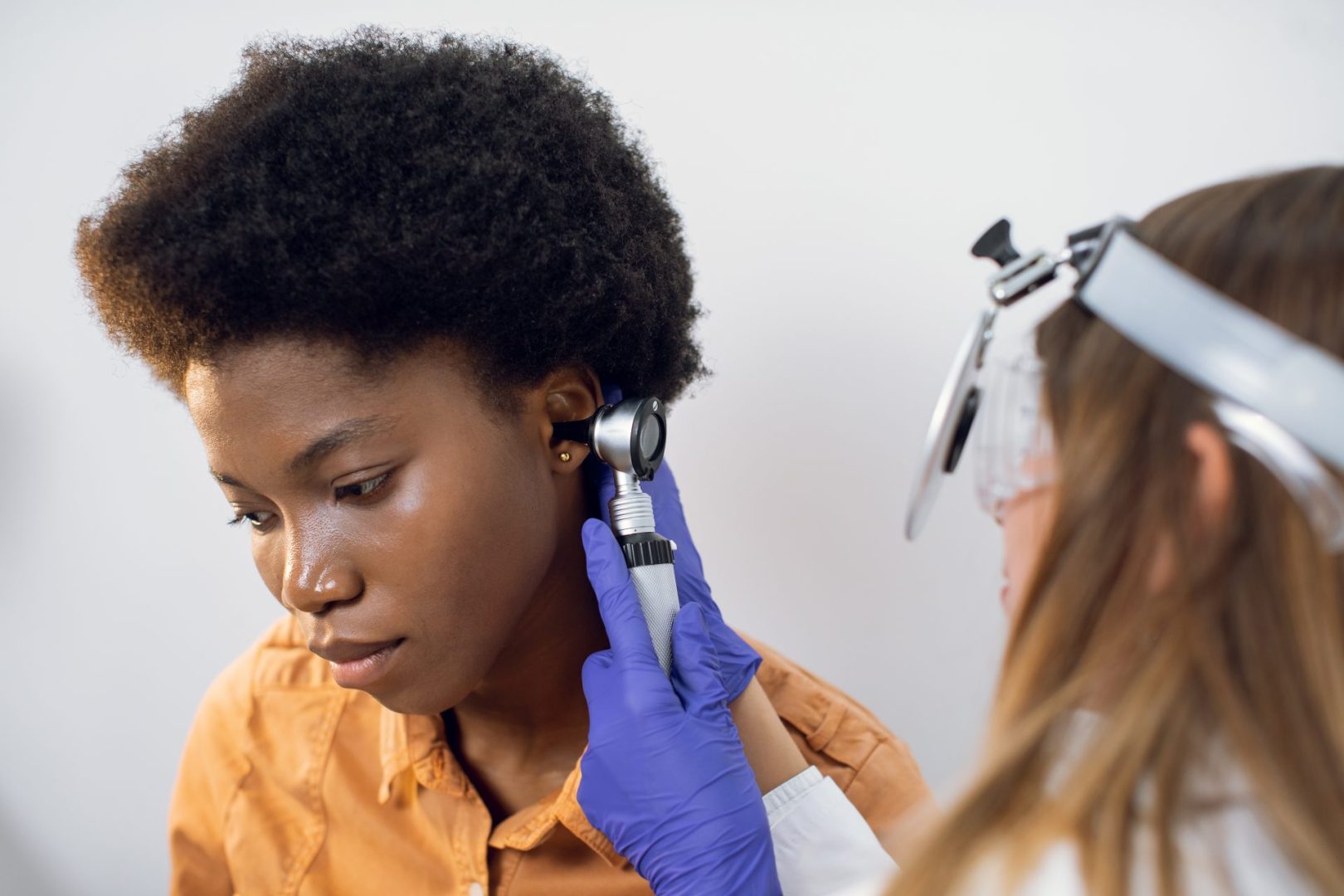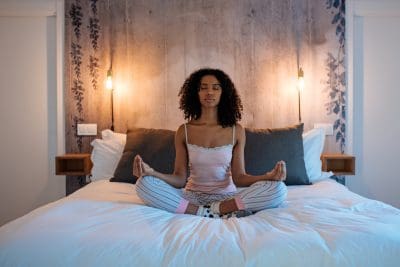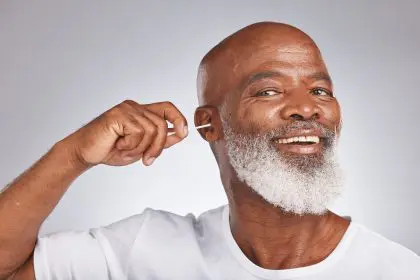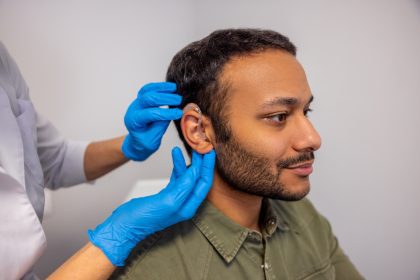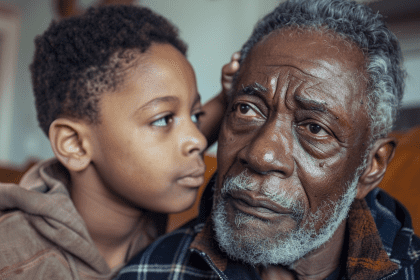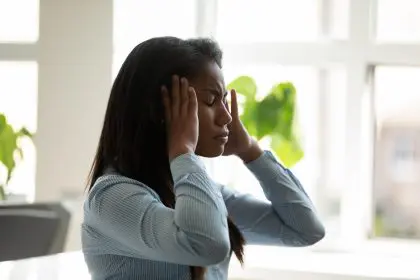In a world that grows louder each year, our ears face unprecedented challenges. The delicate structures of the inner ear, once evolved to detect approaching predators or subtle environmental changes, now contend with subway screeches, construction equipment, amplified music, and the constant presence of earbuds delivering sound directly to our ear canals. This rising tide of noise has consequences, hearing loss now affects approximately 1.5 billion people globally, with projections suggesting this number could reach 2.5 billion by 2050. Most concerning is that what was once primarily an age-related condition increasingly affects younger generations.
The hidden epidemic of noise exposure
The World Health Organization now recognizes noise pollution as a significant public health threat, second only to air pollution in its environmental impact. Urban sound levels regularly exceed 85 decibels, the threshold where hearing damage begins with prolonged exposure, on busy streets, in restaurants, and at entertainment venues.
What makes modern noise exposure particularly insidious is its constant nature. Previous generations might experience occasional loud events, but today’s urban dwellers often spend entire days in sound environments that gradually damage hearing without reaching levels that cause immediate pain or obvious symptoms.
The consequences extend beyond simply asking people to repeat themselves. Untreated hearing loss correlates with higher rates of cognitive decline, depression, social isolation, and even increased fall risk. Research indicates that hearing impairment accelerates brain volume loss, particularly in regions associated with memory and sensory integration.
6 unexpected threats to your auditory health
While concert speakers and jackhammers obviously threaten hearing, many damaging sound sources remain unrecognized:
Personal audio devices at typical volumes: Even at 70% volume, many smartphones paired with standard earbuds exceed safe listening levels, particularly when used to overcome background noise. The intimate placement of these devices—directly in the ear canal—compounds their impact compared to more distant sound sources of similar volume.
Modern restaurant environments: The contemporary design preference for hard surfaces, high ceilings, and minimal soft furnishings creates acoustic environments where background noise regularly reaches 85-90 decibels during peak hours. A typical dinner conversation in such venues often requires raising voices to levels that contribute to both patron and staff hearing damage.
Household appliances and tools: Common items like blenders (85-90dB), hair dryers (80-95dB), and lawn equipment (90-110dB) produce sounds well above safe levels. Their routine nature leads many to underestimate their cumulative impact when used regularly without protection.
Fitness classes with amplified music: High-intensity workout environments frequently feature music at volumes exceeding 100 decibels, well beyond safety thresholds. The combination of enclosed spaces, powerful sound systems, and instructors using microphones creates particularly hazardous acoustic conditions that many associate with motivation rather than danger.
Urban transportation systems: Subway platforms regularly record noise levels between 80-95 decibels, with trains entering stations spiking as high as 115 decibels, equivalent to a rock concert. Daily commuters receive significant sound exposure before even reaching their workplaces.
Open office environments: The trend toward collaborative workspaces with minimal sound barriers creates chronic low-level noise exposure. While rarely reaching acutely damaging levels, the constant background conversation, equipment sounds, and HVAC noise create cognitive strain and can contribute to stress-related hearing sensitivity.
The mechanics of hearing damage
Understanding how hearing becomes compromised helps explain why protection matters. Sound waves travel through the ear canal to vibrate the eardrum, which transfers these vibrations through the middle ear’s tiny bones to the fluid-filled cochlea of the inner ear. Within the cochlea, thousands of microscopic hair cells convert these vibrations into electrical signals the brain interprets as sound.
These hair cells represent the vulnerable point in the system. Excessive noise causes these cells to become damaged and eventually die. Unlike skin or liver cells, cochlear hair cells cannot regenerate in humans, once destroyed, the loss is permanent. This explains why hearing damage accumulates silently over time without obvious symptoms until significant impairment develops.
Additionally, noise exposure triggers inflammatory responses and oxidative stress within the auditory system. These processes can continue damaging cells even after the noise exposure ends, creating a “silent progression” where hearing deteriorates despite removing the initial trigger.
Effective protection strategies
Preserving hearing requires both awareness and practical interventions. Custom-fitted hearing protection offers superior benefits compared to generic options. These professionally molded devices provide more consistent noise reduction while maintaining sound clarity, making them comfortable enough for regular use. Musicians’ earplugs, which reduce volume while preserving sound quality, represent a particularly effective option for concertgoers and performers alike.
The inverse square law of sound provides a simple but powerful strategy: doubling your distance from a noise source reduces its intensity by 6 decibels. In practical terms, positioning yourself farther from speakers, machinery, or other loud sources significantly reduces exposure without requiring additional equipment.
Sound level meter apps transform smartphones into awareness tools. While not precisely calibrated like professional equipment, these free applications provide reasonable estimates of environmental noise, helping identify surprisingly loud environments that warrant protection.
Implementing the 60/60 rule with personal audio devices, keeping volume below 60% for no more than 60 minutes at a stretch, prevents one of the most common exposure patterns. Taking listening breaks allows the auditory system to recover and reduces cumulative damage.
Noise-canceling technologies present a counterintuitive solution: using technology to fight technology’s impact. Quality noise-canceling headphones can reduce the need to raise volume by eliminating background noise, allowing lower, safer listening levels while maintaining audio clarity.
Special considerations across the lifespan
Hearing protection needs evolve throughout life. Children require particular attention as their auditory systems continue developing into adolescence. Their smaller ear canals actually increase sound pressure compared to adults exposed to identical sources. Parents should consider volume-limiting headphones and earplugs specifically designed for younger ears, especially for events like concerts, sporting events, and fireworks displays.
Young adults face significant exposure through entertainment venues, personal audio, and workplace environments. This demographic benefits most from culturally acceptable protection options, like earplugs designed for music venues that preserve sound quality while reducing volume, or earbuds with built-in volume limiting for everyday use.
Middle age brings increased vulnerability as the cumulative effects of earlier exposure begin manifesting. During this period, regular hearing assessments become important to establish baselines and catch changes early. Occupational protection becomes crucial as many reach career stages with heightened responsibility and communication demands.
Older adults benefit from protection that accounts for existing hearing changes. Even with age-related hearing loss, preventing further damage remains valuable for maintaining quality of life and cognitive health. Combining appropriate amplification when needed with continued protection from excessive noise represents the optimal approach.
The future of hearing conservation
Emerging technologies and shifting awareness are creating new possibilities for hearing preservation. Regenerative medicine research continues advancing toward potential treatments that could someday restore damaged hair cells. While clinical applications remain years away, early studies using gene therapy and stem cell approaches show promise for conditions once considered permanently debilitating.
Smart hearing protection increasingly incorporates selective filtering technology that automatically adjusts based on environmental sound levels. These systems provide protection during loud sound events while allowing normal hearing during conversation, addressing one of the primary reasons people resist wearing protection.
Public policy changes in some regions now address maximum sound levels in entertainment venues, consumer products, and urban planning. These population-level interventions could significantly reduce exposure independent of individual protective measures.
Educational initiatives increasingly target younger populations, with hearing conservation programs entering school curricula alongside traditional health education. Early awareness may shift cultural attitudes toward noise exposure before damaging habits become established.
As our world grows inevitably louder, preserving our remarkable auditory systems requires greater awareness and proactive protection. The good news is that most noise-induced hearing damage remains preventable with appropriate measures, allowing full participation in our rich acoustic environment while preserving this vital sense for decades to come.

